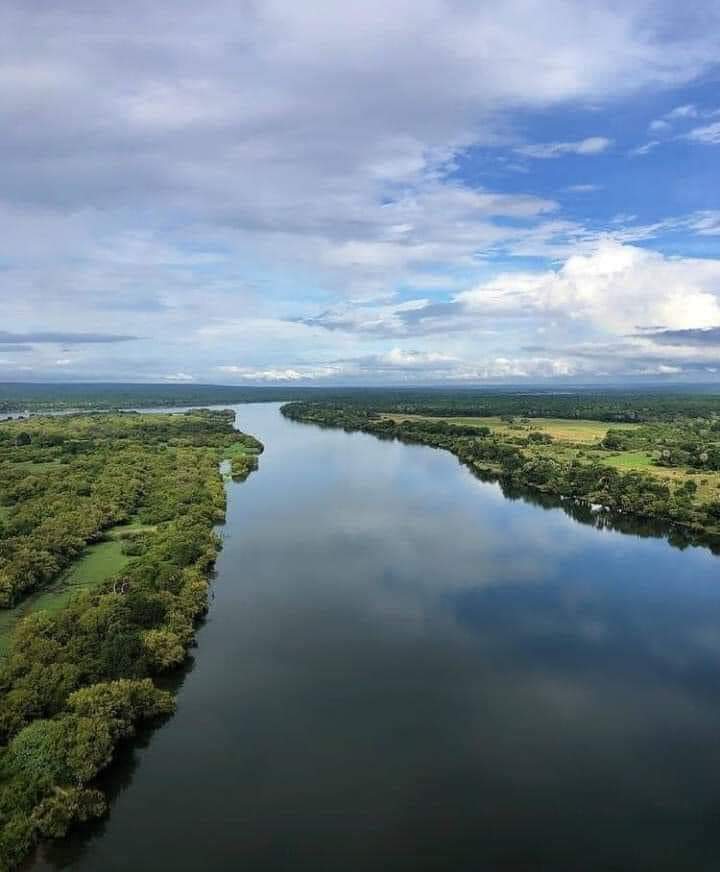Zambia, a landlocked country in southern Africa, is blessed with an array of stunning rivers that are integral to its geography, ecology, and economy. These rivers not only shape the country’s landscapes but also provide essential resources for its people and wildlife. Here’s a look at some of the most famous rivers in Zambia and their significance:
1. Zambezi River
The Zambezi River is Zambia’s most iconic river and one of the longest rivers in Africa. Originating in the northern part of the country, it flows through several southern African nations before emptying into the Indian Ocean. The Zambezi is renowned for its dramatic Victoria Falls, one of the Seven Natural Wonders of the World. Beyond its scenic beauty, the river is vital for hydroelectric power generation, with the Kariba Dam providing a significant portion of Zambia’s electricity. The Zambezi also supports diverse wildlife and offers opportunities for fishing, boating, and safaris.
2. Luangwa River
The Luangwa River, which flows through the Luangwa Valley in eastern Zambia, is a major tributary of the Zambezi. It is renowned for its rich wildlife and is a key feature of the South Luangwa National Park, one of Zambia’s premier game reserves. The river is crucial for sustaining the park’s diverse ecosystems and is known for its walking safaris, which allow visitors to experience the African wilderness up close. The Luangwa River is also significant for its seasonal floods, which create fertile grounds that support the local flora and fauna.
3. Kafue River
The Kafue River, a major tributary of the Zambezi, flows through the central and southern parts of Zambia. It is one of the country’s longest rivers and plays a crucial role in the Kafue Flats, a vast floodplain that supports a variety of wildlife and vegetation. The Kafue River is integral to the Kafue National Park, which is one of Zambia’s largest protected areas. The river is essential for agriculture, providing water for crops and livestock. The Kafue is also home to several species of fish, making it a valuable resource for local communities.
4. Lusenga River
The Lusenga River flows through the northwestern part of Zambia and is known for its scenic beauty and biodiversity. It is a lesser-known river compared to the Zambezi and Luangwa but plays a vital role in the local ecosystem. The river supports various fish species and provides water for agriculture in the surrounding areas. The Lusenga River is also a key feature of the Lusenga Plain, a unique wetland area that is home to a range of bird species and other wildlife.
5. Chambeshi River
The Chambeshi River, located in northern Zambia, is considered the longest river entirely within the country. It flows southward from its source in the highlands and eventually joins the Luapula River. The Chambeshi is important for local agriculture and is a vital water source for the communities in its basin. The river also contributes to the larger Luapula River system, which is a significant waterway in the region.
6. Luapula River
The Luapula River, which originates from Lake Bangweulu, flows northward and serves as a natural border between Zambia and the Democratic Republic of Congo. It is a crucial water source for the surrounding communities and supports the Luapula Province’s economy through fishing and agriculture. The river is also known for its beautiful scenery and is a key feature of the Bangweulu Swamps, a wetland area that is home to diverse bird species and other wildlife.
These rivers are not just geographical features; they are lifelines for Zambia, providing essential resources for its people, supporting rich biodiversity, and shaping the country’s landscapes. Each river has its own unique significance, contributing to the ecological and economic well-being of Zambia.






